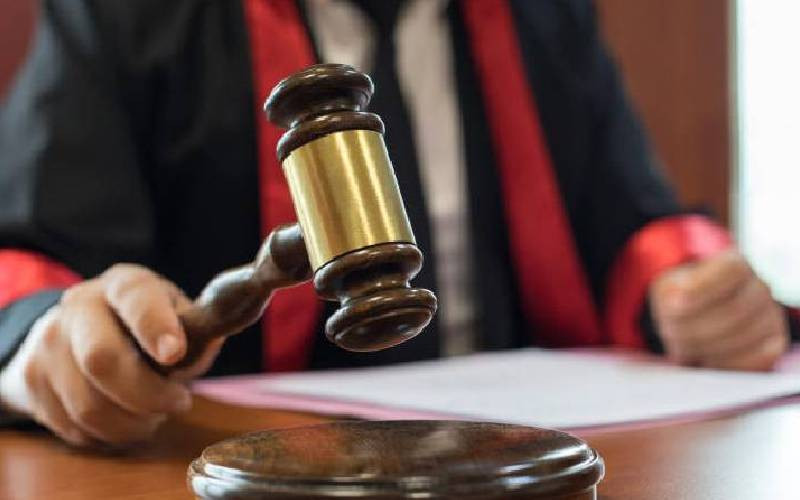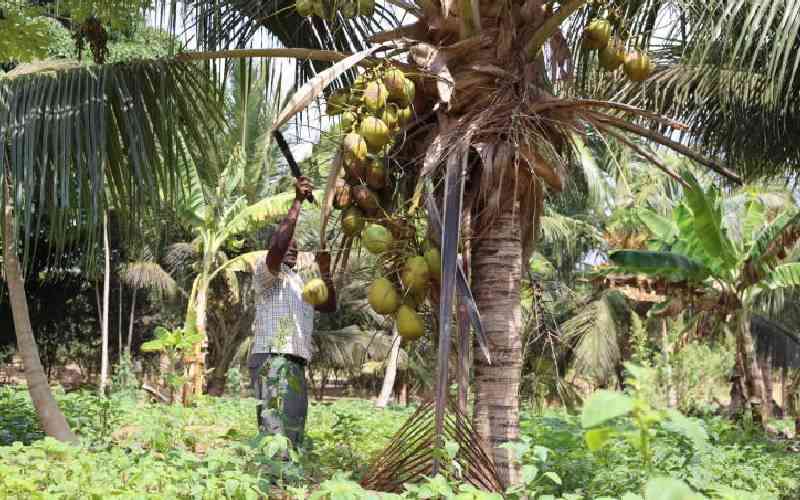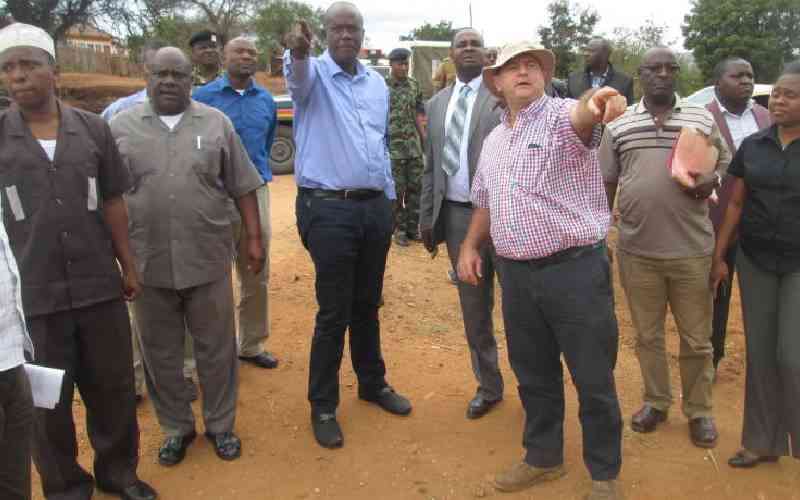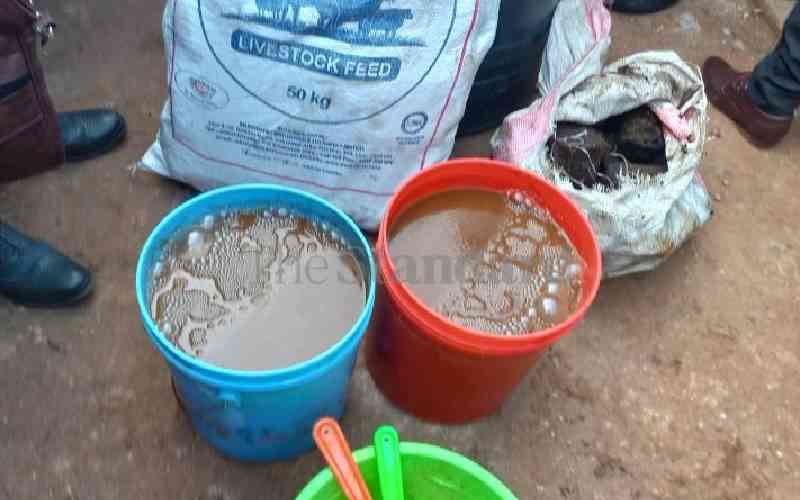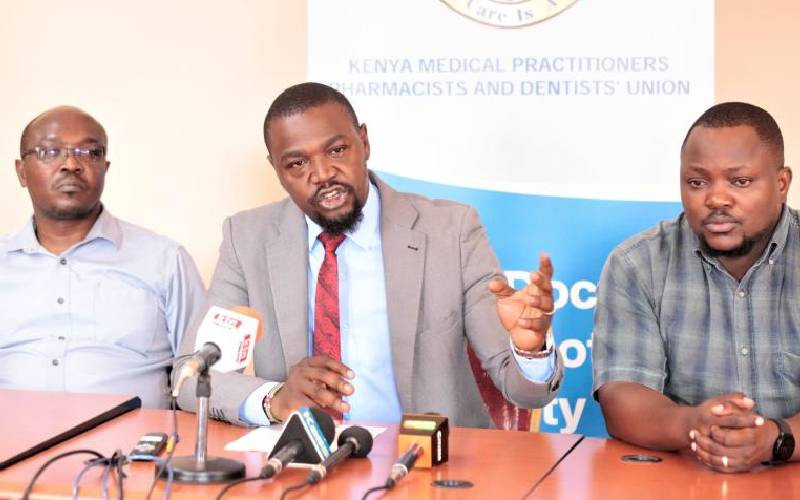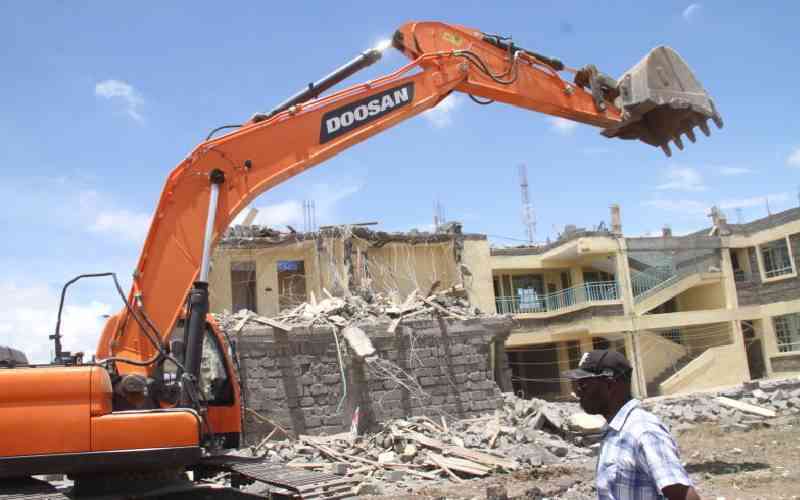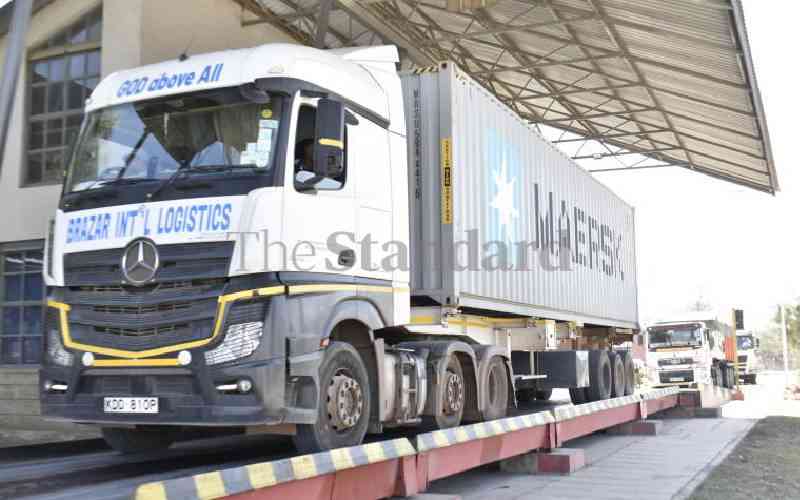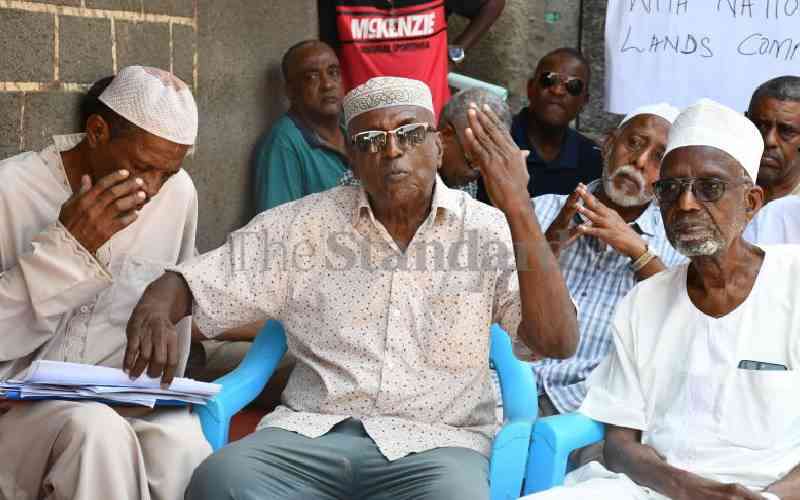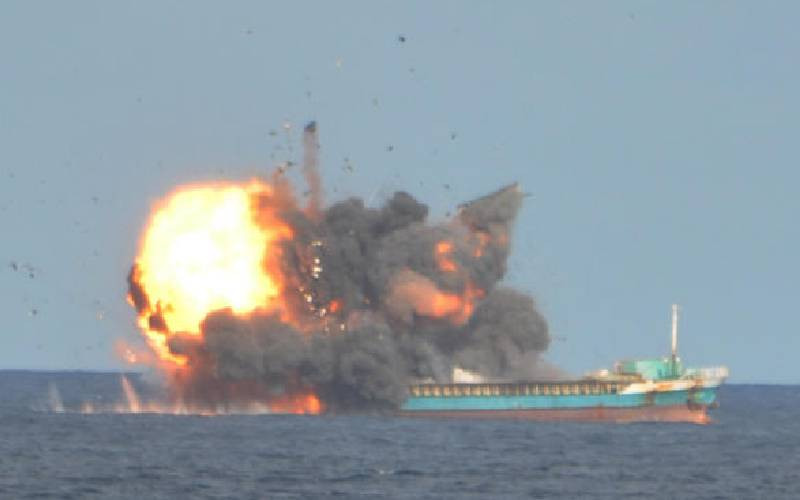
With the shadow of past failures looming large, the spotlight now shifts to President William Ruto as he mounts a daring campaign against the pervasive scourge of illicit trade and drug use gripping the Coast. Will he defy the odds where his predecessors faltered, or will history repeat itself in a cycle of struggle and scant progress?
In the last 25 years, the goal to arrest barons behind illicit trade and use of drugs at the Coast has proved elusive, with low-level peddlers becoming easy targets of arrests and convictions.
Despite years of tough talk and threats of plans to name those behind the trade, critics of the war say no one is ready to bell the cat by revealing the identities of the drug barons.
Deputy President Rigathi Gachagua chaired a meeting in Mombasa last week to chart a way out of the scourge amid claims the police were under firm instruction not to arrest the barons.
Coast, particularly Mombasa, has over the years been described in many security reports as the main transit point of the Southern route of global drugs destined for Asia and Europe.
Some of the heroin and cocaine en route to Asia, Europe, and the United States has, however, found its way into the little villages at the Coast and turned into drug dens.
Analysts of the war that started in early 2000 say the Kenya Kwanza administration would have to be consistent, depoliticise the war, and revive international connections to track the drugs.
- Number of adolescents missing classes, abusing drugs on the rise - survey
- US might change how it classifies marijuana
- Nacada report: Tobacco and alcohol consumption high in primary schools
Keep Reading
They say that former President Uhuru Kenyatta made great strides in the war following the seizure and blowing up of ships with consignments of heroin during his regime.
Meanwhile, the arrest of the Akasha brothers, Baktash and Ibrahim, extradited to the US, where they are serving sentences, is also cited as Uhuru’s success in the war on drugs.
But critics say that as his predecessor the late president Mwai Kibaki, Uhuru removed his foot from the peddle, giving the barons time to regroup and restart the trade.
However, owners of private rehabilitation centres and clerics said the biggest problem in the war was the failure to roll out rehabilitation programmes.
The war on drug abuse started in 2004 after a seizure of 1.1 tonnes of cocaine that had arrived at the Mombasa port. This marked the turning point as Kibaki declared war on drug traders.
The narcotics with a street value of $80 million (Sh10b), which allegedly originated from Colombia through Venezuela, were seized in Malindi, Mombasa, and Nairobi.
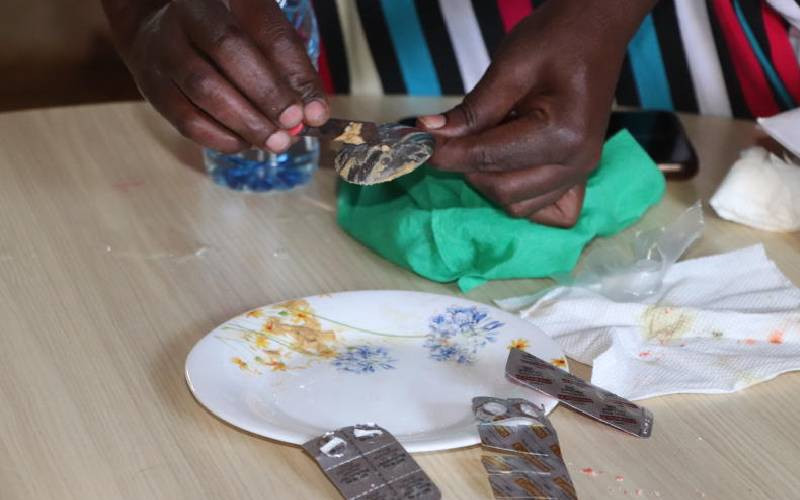
After the seizure, Interior Minister the late George Saitoti tabled a report in parliament that named politicians and government officers as players in the trade.
Some of the names have been expunged from parliament records after the alleged drug barons successfully challenged it in court.
However, a 2018 report by the US Drug Enforcement Administration (DEA) also linked prominent politicians and businessmen to a drug trafficking syndicate in Kenya.
Reports indicate that following the extradition and sentencing of the Akasha brothers, Ibrahim and Baktash, new drug barons are stepping in to fill the gap.
“After the dossier in parliament, the Kibaki regime reduced the vigour against the drug barons until President Uhuru Kenyatta came to power,” said Coast-based activist Mr Julius Ogogoh.
On August 29, 2014, Uhuru ordered the blowing up of MV Al Noor after the Kenya Navy impounded it with 370.8 kg of heroin worth Sh1.3 billion stuffed in the fuel tanks.
“The move was symbolic, similar to the burning of tonnes of ivory by former President Daniel Arap Moi in 1980 to advance the campaign against poaching in the country,” said Ogogoh.
Mombasa Anglican Church of Kenya (ACK) Bishop Alphonse Baya said Uhuru came out in full force, but the campaign dwindled, and the drug barons returned to business.
“The drug barons may have some influence, and some members of the community have interfered with the war on drugs. There is top secrecy in this trade,” said the cleric.
Meanwhile, the state agencies are struggling to identify the type of drug that is turning youth into zombies at Coast. This is after the reported drop in the supply of cocaine and heroin since 2014.
Since 2021, there has been an increase in the number of medical practitioners arrested and their facilities closed down for engaging in the illegal Ecstasy tabs trade.
In Nyali estate, the use of shisha laced with heroin or cocaine has crawled back. A fortnight ago, 38 suspects were arrested in a sting operation by officers attached to a multi-agency in Nairobi.
Reports also show that many youths at the Coast region have turned to Ecstasy following a drop in the supply of cocaine and heroin in the region.
The Pharmacy and Poisons Board and Anti-Narcotics Unit have carried out frequent raids in Kwale, Mombasa, and Kilifi to arrest suspects engaged in the illegal sale of drugs in the area.
Drug addicts and peer educators who have reformed admit that there has been a biting shortage of heroin, forcing users to turn to synthetics to fix their cravings.
They also say that most of the heroin in use has been laced with medical drugs like cozepam, morphine, and amitripline to be more potent to users.
In Ukunda, Kwale County, 38-year-old Ms Fatma Ahmed (not her real name) showed us how to make a potent cocktail of diazepam, morphine, and amitripline within minutes.
She added heroin and aloe vera and dried the stuff, also known as Nairobi flower, for either smoking or injecting.
“I learned to make the cocktail of drugs from a friend in Kisauni, Mombasa. This is cheap and gives the users good kicks, although I am aware they have health complications,” she said.
The tablets trade between Sh10 and Sh20 for about a gramme.
Other medical drugs abused at the Coast are Rohypnol (bugizi), diazepam, methamphetamine, bath salt, and animal drugs like zylazine, skunk, ketamine, and fentanyl.
Zylazine, a potent horse tranquiliser, is said to be responsible for turning human users into zombies. An overdose of Rohypnol causes a person to lose consciousness and experience amnesia.
A former drug user and founder of Okoa Pwani Initiative, Mr Robi Mwashighadi, said there are more than 10 synthetic drugs abused by the addicts.
Recently, a team from the Ministry of Interior and National Coordination, NACADA, the Pharmacy and Poisons Board, and Government Chemists investigated emerging drug use trends.
“The heroin supply shortage presents drug users with dangerous options to navigate through dependence management and overcoming withdrawal syndrome,” the team stated in the report.
It said that as a coping mechanism to meet the shortfall of heroin supply, the drug peddlers have resulted in adulteration of heroin with multiple cutting agents.
As debate rages on, youths are losing their lives, jobs, and families due to drug abuse. Mwashighadi said he lost his job at Kenya Ports Authority (KPA) at his peak as a drug user.
Reachout Centre Trust’s Ms Mercy Wambui, who said she has helped addicts recover in the Bombolulu area, asked the government to establish more rehabilitation centres.
“There is a need to take care of the children of the addicts as well so that they do not grow up in the drug dens,” she said, adding that addicts should be treated as patients and not criminals.
Mr Taib Basheeib, director at the centre, said the missing link in the fight against drug abuse has been a lack of consistency as the government wages campaign and then goes silent.
“The main problem is lack of consistency in the war on drugs. But the county and national government have tried establishing rehabilitation centres in the Coast,” he said.
Those in the rehabilitation process in Mombasa are more than 15,000, while those rehabilitated last year are about 1000, said Mr Basheeib, whose centre has admitted 32 addicts this year.
Former director of the Campaign Against Alcohol and Drug Abuse Authority (NACADA), Sheikh Juma Ngao, said the coastal region was more exposed to drug abuse because of the Indian Ocean.
“When I served as a director at NACADA for nine years, I had the opportunity to go for training in the US and Israel, and I discovered that seaports and airports can be used to bring in drugs,” he said.
The cleric also cautioned against politicising the fight against drug abuse, noting that it could only help the barons go into hiding, cutting off supply and return to business later.
“Sometime back, the government politicised against drugs, and the Cabinet Minister responsible then Prof George Saitoti named some individuals. But it did not stop the real drug barons even after addicts were briefly cut off from supply, and they had to seek urgent treatment against heroin withdrawal symptoms as well as rehabilitation services. The government should investigate, act, and not talk much,” Ngao said.
 The Standard Group Plc is a multi-media organization with investments in media platforms spanning newspaper print
operations, television, radio broadcasting, digital and online services. The Standard Group is recognized as a
leading multi-media house in Kenya with a key influence in matters of national and international interest.
The Standard Group Plc is a multi-media organization with investments in media platforms spanning newspaper print
operations, television, radio broadcasting, digital and online services. The Standard Group is recognized as a
leading multi-media house in Kenya with a key influence in matters of national and international interest.

